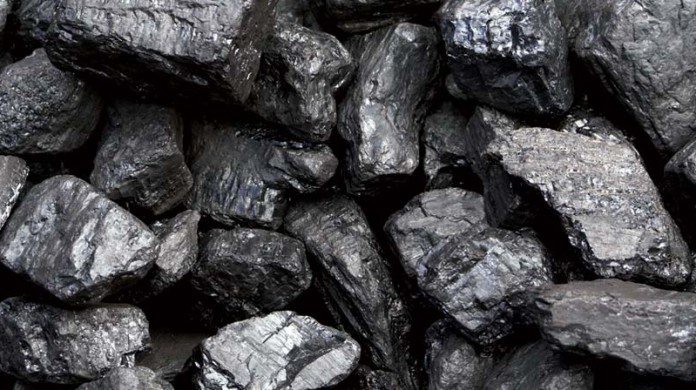
SWISS-headquartered trading and mining group, Glencore, produced 14% less coal in the six months ended June 30, equal to 9.9 million tonnes (mt), owing to the partial closure of its Optimum Mine in South Africa during the period.
The mine, which was subsequently put into business rescue following a dispute with Eskom, the South African power utility it supplied, and sold to a third party. It contributed to a one third reduction in South African coal year-on-year.
As a result, Glencore said coal production for the year wold be down five million tonnes, a variance of about three million tonnes to 125mt over its previous guidance. Weather related conditions in Colombia would also affect output.
South African thermal coal production came in at 14.1mt, a 37% reduction equal to 8.2mt over output in the first half of 2015. The closures of the Middelkraal and South Witbank mines also contributed to lower output.
Glencore was commenting in its interim production results, ahead of its operating and financial figures due for release on August 24, in which production was down in five commodities including copper, zinc, lead and oil, as well as coal. In many of these cases, the reductions were in line with planned supply reductions amid poor demand metrics.
Glencore CEO, Ivan Glasenberg, has been critical of the global mining industry in the past for unstinting supply of metals and minerals in the face of weakening demand fundamentals. He said it was growth for growth’s sake.
Copper production came in at 703,000 tonnes, a decline of 4% compared with output in the first half in 2015. The decline was owing to curtailments at Mopani, the Zambian unit in its African Copper division where output was cut 57%.
“Operations continue to be run at reduced levels for the duration of its key upgrade projects,” Glencore said. Mutanda increased output and there was a lift at Collahusasi, the Chile mine in which Glencore has a 44% stake, owing to higher grades and increased milling rates.
Copper production for the year would be up 20,000 tonnes to 1.41mt, a variance of 25,000 tonnes over previous guidance given the strong year-to-date performances, including at Collahuasi, said Glencore.
Oil production for the year would be down 200,000 barrels to eight million barrels, a variance of about 300,000 barrels over previous guidance owing to reduced work over activity in Chad as Glencore sought to preserve its resources until the oil market improved.
Zinc production was down 31% owing to previously announced cuts in Australia and Peru while nickel output increased 17% as a result of increased treatment of own feeds, following the planned Sudbury smelter shutdown in 2015.
Goldman Sachs said the results were slightly disappointing, led by coal which came in 12% below its own estimates. “The majority of the lower volumes were driven by lower production in South Africa and Cerrejon,” it said.
“While copper was ahead of our estimates, coal was a bit of a disappointment. Guidance for FY16 was also mixed with copper raised a bit while both coal and oil were reduced,” it said.
The US bank pointed to the interim results later this month which should yield more information on capex spend at Katanga in Glencore’s African Copper asset suite and “… what’s the plan with the zinc assets and also the plan around further asset sales”.











